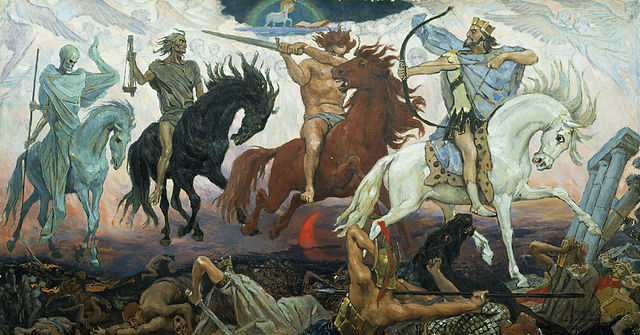Soviet famine of 1930–1933
The Soviet famine of 1930–1933 was a famine in the major grain-producing areas of the Soviet Union, including Ukraine and different parts of Russia, including Kazakhstan, Northern Caucasus, Kuban Region, Volga Region, the South Urals, and West Siberia. Major causes include: the forced collectivization of agriculture as a part of the First Five-Year Plan and forced grain procurement from farmers. These factors in conjunction with a massive investment in heavy industry decreased the agricultural workforce. Estimates conclude that 5.7 to 8.7 million people died of hunger across the Soviet Union.
A starving man lying on the ground in the Ukrainian SSR
Starved peasants on a street in Kharkiv, 1933
The Russian part of the inscription says "At this place will be a monument to famine victims of the years 1931–1933" in the center of Almaty, Kazakhstan. The upper half is in Kazakh language.
At least three of Mikhail Gorbachev's ethnic Russian relatives were victims of the 1932–1933 famine in the Stavropol Krai region
A famine is a widespread scarcity of foodcaused by several possible factors, including, but not limited to war, natural disasters, crop failure, widespread poverty, an economic catastrophe or government policies. This phenomenon is usually accompanied or followed by regional malnutrition, starvation, epidemic, and increased mortality. Every inhabited continent in the world has experienced a period of famine throughout history. During the 19th and 20th century, Southeast and South Asia, as well as Eastern and Central Europe, suffered the greatest number of fatalities. Deaths caused by famine declined sharply beginning in the 1970s, with numbers falling further since 2000. Since 2010, Africa has been the most affected continent in the world by famine.
A woman, man, and child, all dead from starvation during the Russian famine of 1921–1922
Skibbereen, Ireland during the Great Famine, 1847 illustration by James Mahony for the Illustrated London News
People waiting for famine relief in Bangalore, India (from the Illustrated London News, 1877)
Four Horsemen of the Apocalypse, an 1887 painting by Russian artist Viktor Vasnetsov. Depicted from left to right are Death, Famine, War, and Conquest.








